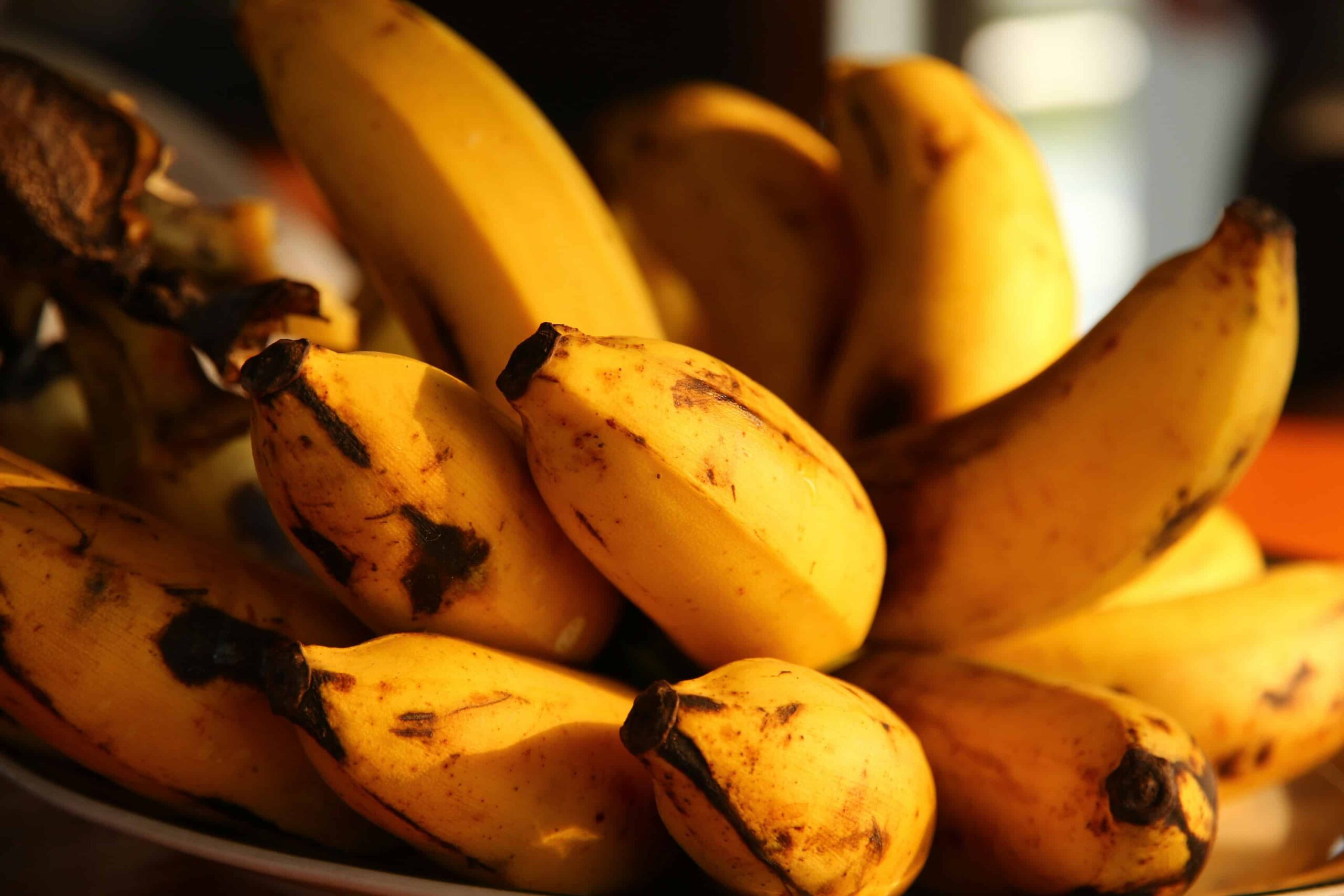Key Takeaways:
- Researchers identified accessory genes linked to the virulence of Fusarium oxysporum tropical race 4 (TR4), a fungus causing widespread devastation to Cavendish bananas.
- The study reveals that TR4’s virulence is connected to the production of nitric oxide, a key factor in its ability to infect banana plants.
- This discovery opens avenues for developing strategies to mitigate or control the spread of this destructive fungus.
- The study highlights the risks associated with monocropping, suggesting that diversifying banana varieties could improve crop resilience.
A recent study published in Nature Microbiology by an international team of researchers led by the University of Massachusetts Amherst has advanced in our understanding of the genetic basis of Fusarium wilt, a devastating disease threatening the global banana industry. The study focuses on Fusarium oxysporum f.sp. cubense (Foc) tropical race 4 (TR4), the fungal pathogen responsible for decimating Cavendish banana crops worldwide.
Genetic Insights Into TR4 Virulence
The research identified specific accessory genes in TR4 that are associated with the production and detoxification of nitric oxide, a compound that appears to play a crucial role in the pathogen’s ability to invade banana plants. By sequencing and comparing 36 different Foc strains from around the world, the researchers discovered that these accessory genes are critical for TR4's virulence.
When the genes responsible for nitric oxide production were removed, the fungus’s ability to cause disease was significantly reduced. This breakthrough suggests that targeting these genetic pathways could be a potential strategy to mitigate the impact of Fusarium wilt on banana crops.
Implications for Banana Cultivation
The findings have important implications for the future of banana cultivation. The Cavendish banana, which dominates the global market, is particularly vulnerable to TR4 due to its lack of genetic diversity—a result of the widespread practice of monocropping. The study's authors emphasize the importance of diversifying banana varieties to enhance resistance to diseases like Fusarium wilt.
As the banana industry faces increasing threats from TR4, this research offers hope that new treatments and agricultural practices could help safeguard this vital crop. However, the study also serves as a reminder of the broader risks associated with monoculture farming, urging a reevaluation of current agricultural practices to build more resilient food systems.
Read the entire study here.


